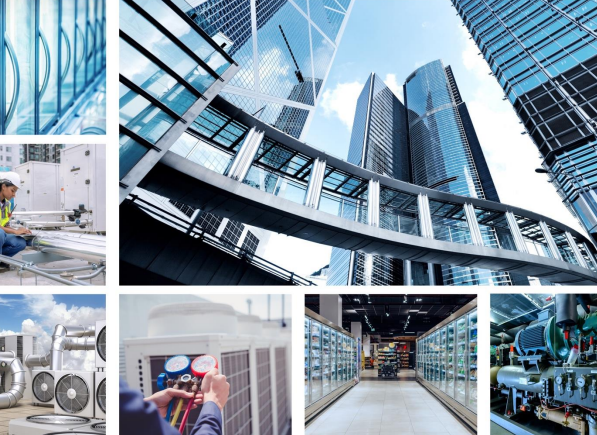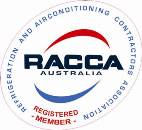
The refrigeration and air conditioning (RAC) industry in Australia plays a critical role in the nation’s economy and environmental landscape. With the release of the Cold Hard Facts 4 (CHF4) Report in August 2024, we now have the most comprehensive snapshot of the state of this rapidly evolving industry. Funded by the Department of Climate Change, Energy, the Environment, and Water, this report provides key insights into the technological, environmental, and economic dimensions of RAC in Australia.
Key Highlights of Cold Hard Facts 4:
Growth of the Cooling Economy:
The report reveals that the RAC industry has grown significantly from 2016 to 2022, with more than 62 million pieces of equipment installed across the country. This includes everything from household refrigerators to large industrial chillers.
Environmental Impact:
Refrigerants used in RAC systems have historically contributed to greenhouse gas emissions. However, CHF4 reports that the total carbon dioxide equivalent (CO2e) emissions from refrigerants peaked in 2021 and have since started to decline. This reflects the industry’s gradual shift from high global warming potential (GWP) refrigerants like hydrofluorocarbons (HFCs) to lower GWP alternatives.
Energy Consumption:
In 2022, RAC systems accounted for 24% of Australia’s electricity consumption, a testament to how essential these systems are across various sectors. The report highlights that while direct emissions from refrigerants are a concern, improvements in energy efficiency and the decarbonization of Australia’s electricity grid will significantly reduce the industry’s environmental footprint in the coming years.
Industry Employment and Economics:
In 2022, it represented over 2% of Australia’s gross domestic product (GDP) and employed 2.6% of the workforce. This underscores the importance of the sector not only as an environmental consideration but also as a pillar of the Australian economy.
The Future of Refrigerants:
The report also provides projections for refrigerant use up to 2036. It highlights that natural refrigerants such as ammonia, carbon dioxide, and hydrocarbons are becoming more common. As the Kigali Amendment’s HFC phase-down progresses, the RAC industry is expected to adopt more environmentally friendly refrigerants to meet regulatory requirements.
The Cold Hard Facts 4 report makes it clear that Australia’s RAC industry is at a turning point. With growing demand for cooling services, particularly in emerging areas like battery thermal management systems, there is a pressing need for innovation. Policy changes, such as the recent ban on small air conditioners with high GWP refrigerants, are expected to accelerate the transition to greener solutions.
For those interested in further details, the full Cold Hard Facts 4 report is available on the Department of Climate Change, Energy, the Environment and Water’s website: https://www.dcceew.gov.au/



